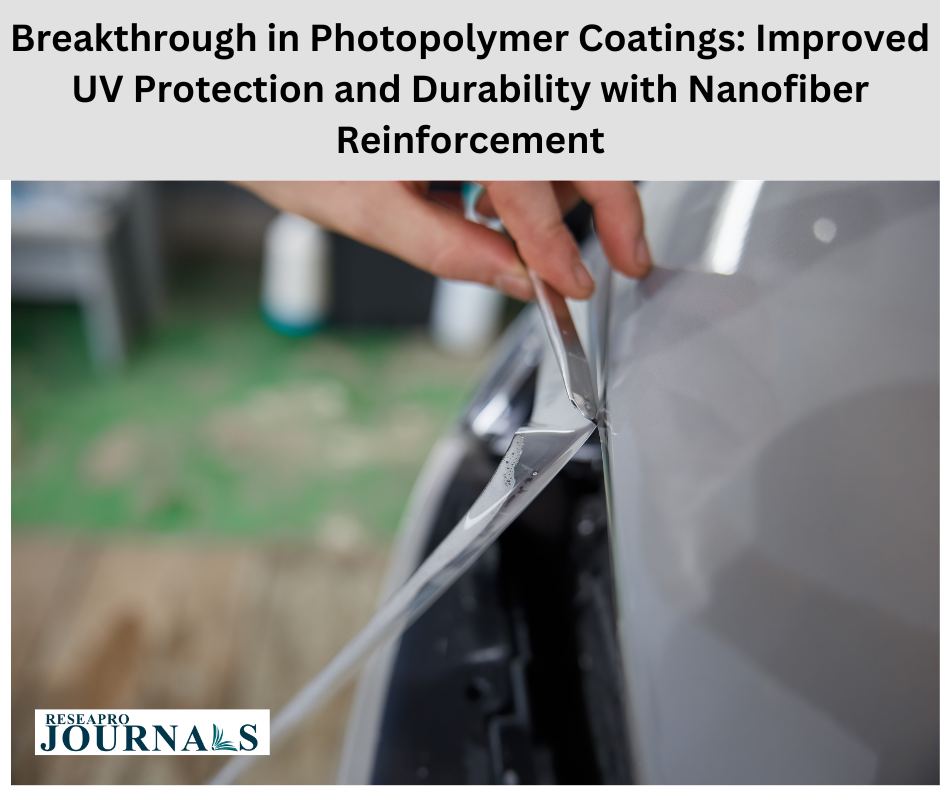Photopolymer coatings are light-sensitive polymers that cure when exposed to ultraviolet (UV) radiation. They’re widely used in various industries, including electronics, automotive, and construction, due to their excellent adhesion, chemical resistance, and protective properties. However, conventional photopolymers often suffer from limited UV stability and mechanical weakness. This can lead to premature degradation and reduced performance, especially in harsh outdoor environments.
Enter nanofiber reinforcement! By integrating nanometer-sized fibers into the photopolymer matrix, researchers have successfully addressed these limitations. Nanofibers offer several advantages:
-
High surface area: This enhances the interaction between UV light and the polymer, leading to more efficient curing and improved UV protection.
-
Enhanced mechanical strength: Nanofibers act as tiny reinforcements, stiffening the coating and boosting its scratch and crack resistance.
-
Tailorability: The properties of nanofibers can be tuned to suit specific needs, making it possible to design photopolymers with customized functionalities.
The potential implications are vast:
-
Improved weatherability: Photopolymer coatings with nanofiber reinforcement could find extended use in outdoor applications like building facades and automotive parts, thanks to their superior UV resistance and durability.
-
Enhanced scratch resistance: This could be particularly beneficial for electronics and consumer goods, leading to longer-lasting and more damage-resistant products.
-
Development of new functionalities: By incorporating functional nanofibers, researchers could create photopolymers with self-healing, anti-microbial, or even energy-harvesting properties.




